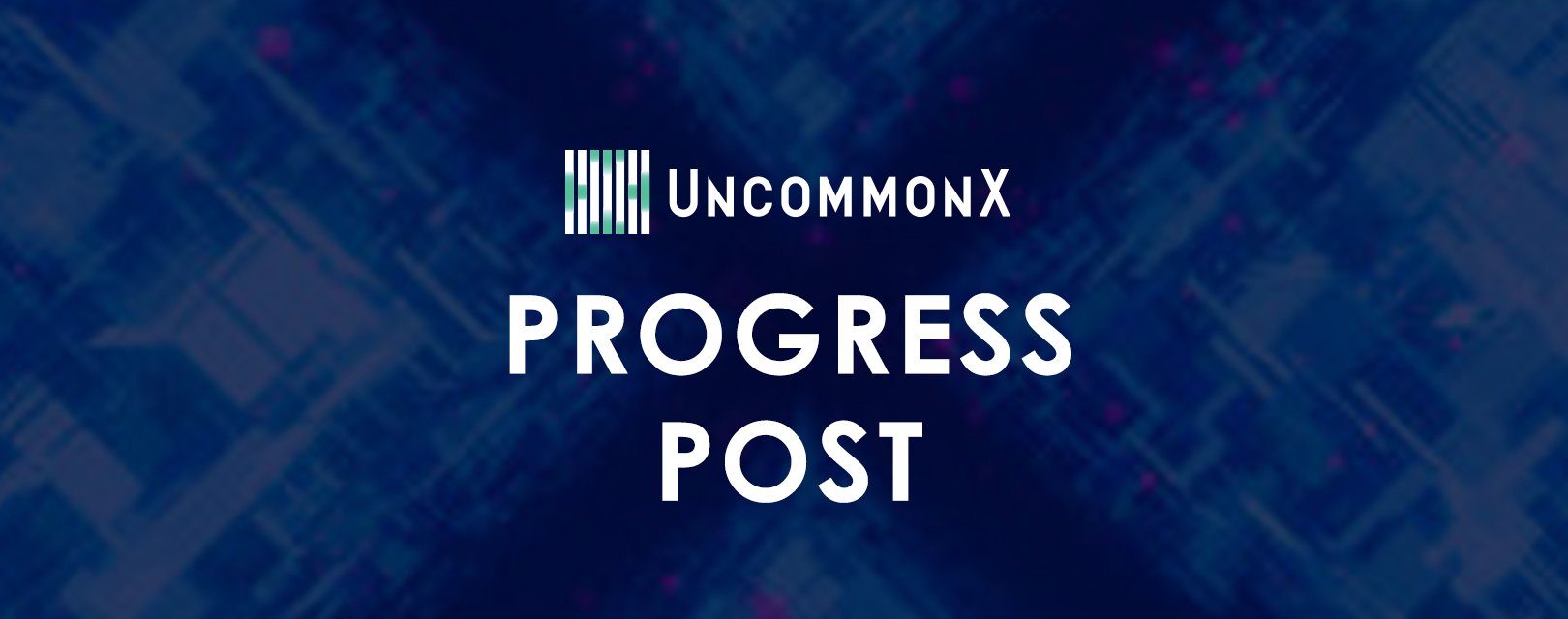A Case for 24/7 SOCs in K-12 Schools
With summer break on the horizon, cyber threats are showing no signs of slowing down. In fact, several districts are using the final months of the...
Experiencing an active breach? Call us immediately at 1-866-405-9156 UncommonX has experienced ZERO reportable breaches.
4 min read
 Ray Hicks
:
Apr 19, 2024 12:19:26 PM
Ray Hicks
:
Apr 19, 2024 12:19:26 PM

The challenge of maintaining complete visibility across an organization's entire digital footprint has never been more critical. With the surge in devices, applications, users and systems, IT leaders face an increasingly complex task of safeguarding their assets against potential threats.
Traditional cybersecurity measures, which often targeted specific problem areas with a single solution, are no longer sufficient. Instead, a more integrated approach is required, one that leverages the strengths and mitigates the weaknesses of disparate security systems.
This integrated approach brings us to the crux of the matter: the debate between agent and agentless solutions in the context of asset discovery. Both methodologies serve the purpose of inventorying and managing assets within an IT ecosystem, yet they do so in fundamentally different ways.
This blog post details the differences between the two, as well as the often misunderstood role “sensors” play in agent-based discovery.
Understanding Agent-Based Discovery
Agent-based discovery involves installing software on every device that needs to be monitored. This software collects and sends data back to a central server. The primary advantage of this method is its depth of collected data, including detailed information about the software and hardware of each device.
However, the downsides are significant. They include the logistical challenge of installing and maintaining agents on a large number of devices, the potential for performance impact on the devices themselves, and the risk of security vulnerabilities within the agents.
Another critical disadvantage to this approach is that without an agent, many devices, including OT and iOT, will not be identified, or not accurately understood within the context of the IT environment. This can lead to significant gaps in asset management as well as vulnerabilities to an organization's security posture.
While agent-based discovery collects considerable data and detail, it has its pitfalls.
| |
The logistical challenge of installing and maintaining agents on a large number of devices. |
| |
Potential for performance impact on the devices themselves. |
| |
Risk of security vulnerabilities within the agents. |
| |
Devices without an agent, including OT and iOT, will not be identified, or can be misidentified, leading to significant gaps in security. |
The Role of Sensors in Agent-Based Discovery
An often overlooked aspect of agent-based solutions is the reliance on "sensors" or monitoring tools that need to be deployed alongside or within agents. While these sensors can enhance the collection of data, they introduce additional layers of complexity and potential points of failure.
The reliance on sensors in agent-based discovery can be seen as a negative alternative to agentless methods for several reasons.
| |
They increase the overhead on system resources, potentially degrading performance. |
| |
The deployment and maintenance of sensors across a diverse and dynamic IT environment can be operationally challenging and resource-intensive. |
| |
The presence of sensors can raise privacy and compliance concerns, as they often require deep access to system and user data. |
Gaining an Agentless Advantage
Agentless discovery, on the other hand, does not require the installation of software on individual devices. Instead, it uses the network to remotely scan devices and gather information. This method is inherently less intrusive and easier to deploy, especially in large and diverse environments.
Agentless discovery is also more flexible, as it can easily adapt to changes within the IT infrastructure without the need for software updates on every device. The absence of sensors and agents means there's less risk of performance impacts or security vulnerabilities introduced by these components.
Importantly, agentless discovery from UncommonX leverages the data from all installed systems, as well as identifies any device that connects to the system, categorizes it, and provides the organization with tools to assess, manage and contextualize these devices – without any additional software or support needed.
UncommonX’s agentless discovery out-performs agents and/or sensors in several ways.
 |
Does not require the installation of software on individual devices. |
 |
Uses the network to remotely scan devices – a less intrusive and easier to deploy solution – especially in large and diverse environments. |
 |
Easily adapts to changes without software updates on every device. |
 |
Reduces performance impacts and security vulnerabilities by eliminating the need for agents and sensors. |
 |
Identifies, categorizes, and provides contextual tools to manage every device on the network. |
Achieving Complete Visibility with Agentless Discovery
The importance of complete visibility cannot be overstated in the current cybersecurity landscape. Without a clear picture of all assets, organizations are blind to potential vulnerabilities and unable to effectively prioritize their cybersecurity efforts. This visibility gap not only exposes organizations to unnecessary risk but also hampers their ability to respond swiftly and effectively to threats.
Recognizing the limitations and challenges inherent in agent-based discovery methods, UncommonX has pioneered a unique solution that unifies asset discovery under one platform, eliminating the messy and cumbersome process of agent installation and sensor deployment.
UncommonX's patented agentless discovery application offers universal integration capabilities, providing out-of-the-box connections to hundreds of common IT products, from firewalls and OT, to cloud applications. It also reads every detailed element of NetFlow and Syslog to provide the completeness necessary for effective system and security management. This streamlined approach not only simplifies the discovery process but also ensures comprehensive visibility across the entire IT landscape.
A Unified Approach to Cyber Resilience
By integrating disparate tools and point solutions under one unified platform, UncommonX enables organizations to operationalize their cybersecurity efforts more effectively. This unified approach allows for centralized control, analysis, correlation, and prioritization of identified issues, transforming how organizations manage their cybersecurity posture.
As a result, potential threats can be identified and addressed before they evolve into incidents, directly contributing to the bottom line of the business by optimizing existing investments. UncommonX's innovative platform combines the strengths of various IT products across the entire enterprise, offering a solution that is both comprehensive and effective.
With the ability to deploy quickly and easily, UncommonX removes the barriers to modern cybersecurity, enabling organizations to achieve a high level of cyber resilience without the complexity and challenges associated with traditional agent-based solutions or the deployment of sensors.
Do You Have Complete Visibility?
As organizations navigate the complexities of their networked environments, the need for a unified, comprehensive approach to asset discovery and cybersecurity has never been clearer. UncommonX's agentless discovery application offers a compelling solution that not only enhances visibility and security but also simplifies the management of IT assets.
By taking the messy agent installation and sensor deployment out of the equation, UncommonX empowers organizations to focus on what truly matters: safeguarding their digital environments and achieving cyber resilience with confidence. To learn more about the UncommonX agentless discovery application, contact us today at hello@uncommonx.com.

With summer break on the horizon, cyber threats are showing no signs of slowing down. In fact, several districts are using the final months of the...

Safeguarding sensitive information is paramount—especially in educational environments where data security impacts not just staff and administration,...

As we enter 2024, the team at UncommonX is geared up to continue delivering on our promise of Complete Visibility — Ultimate Cybersecurity. Over the...